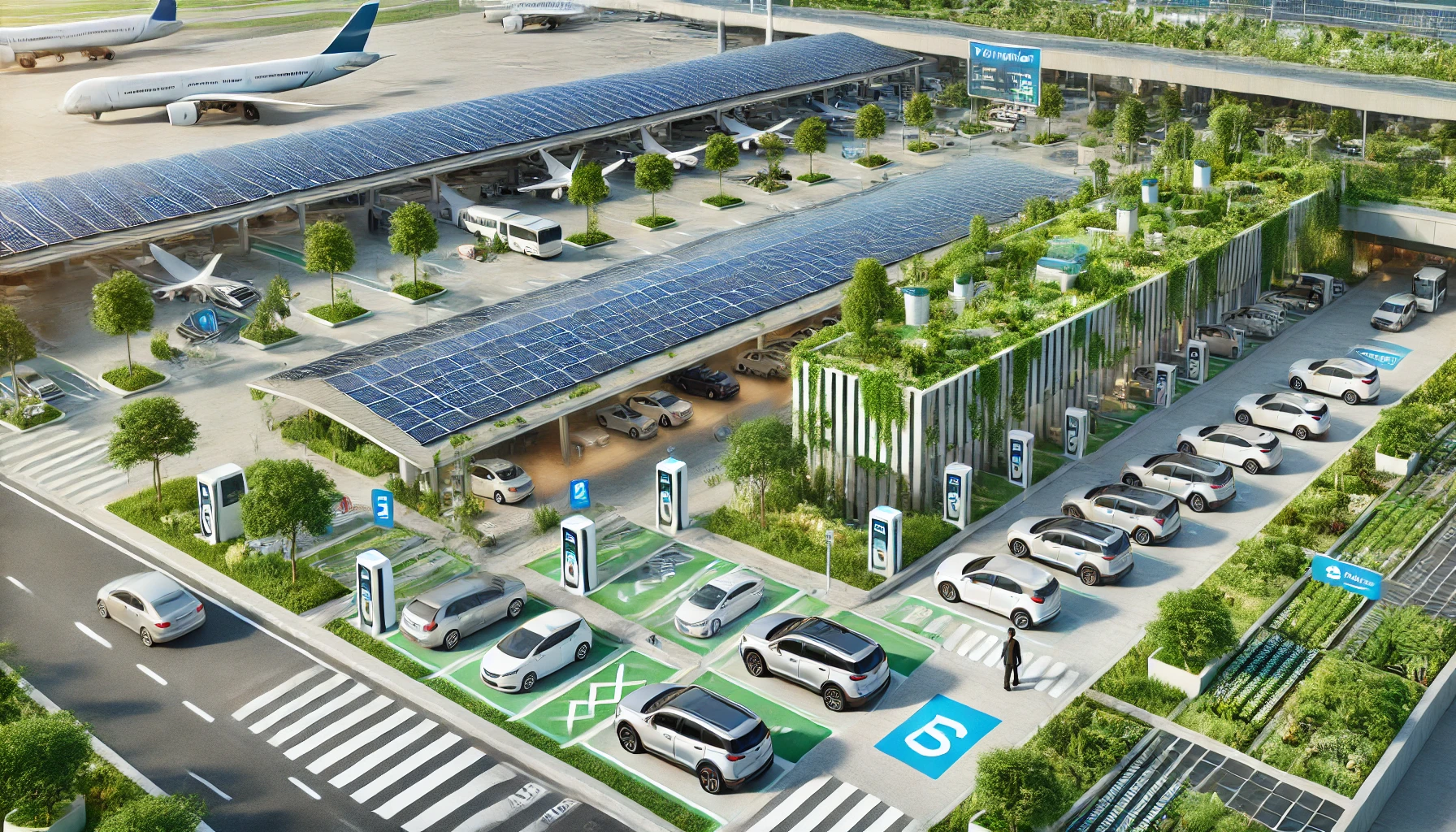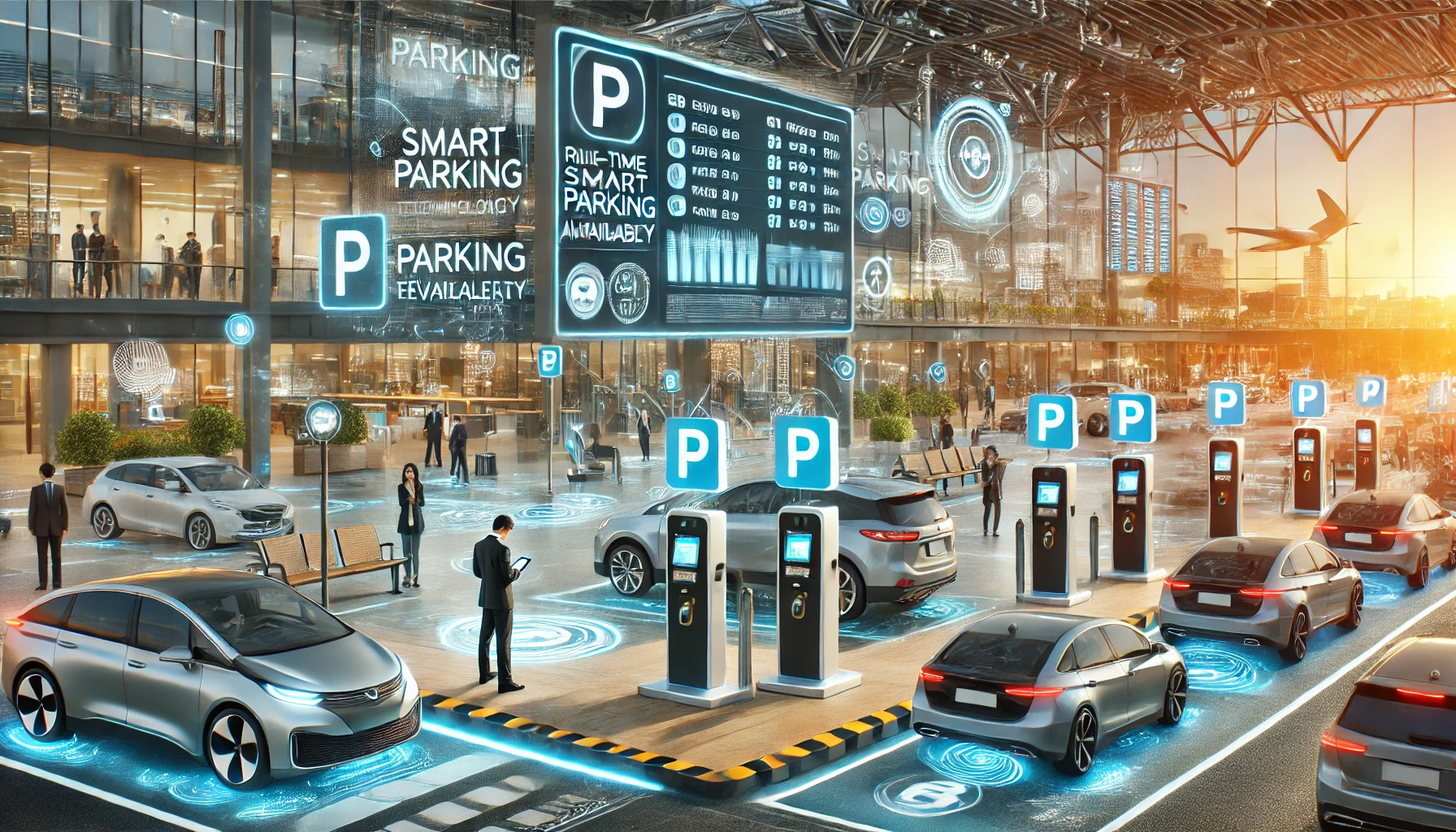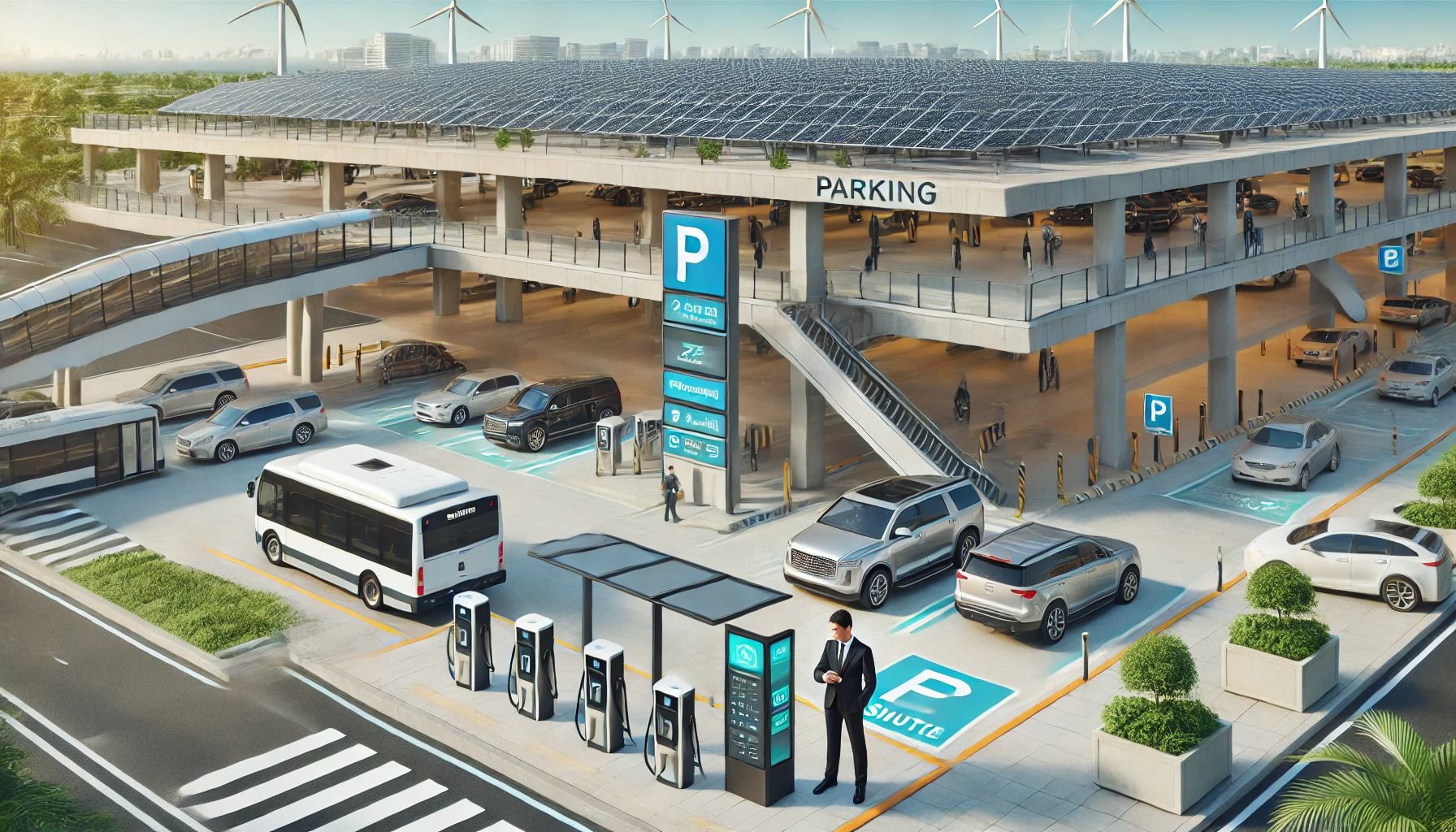Introduction
As the world becomes increasingly conscious of environmental issues, industries across the board are shifting to make sustainability a priority. The travel industry, often targeted for its carbon footprint, is no exception. Airports, being the lifeline of connectivity, are in a unique position to spearhead the way toward eco-friendly practices. Among these, eco-friendly airport parking solutions have emerged as a key development that marries convenience with environmental responsibility.
What Makes Airport Parking Eco-Friendly?
Eco-friendly airport parking is characterized by a convergence of sustainable design, technology, and operational practices. Renewable energy sources, including solar and wind power, contribute significantly to the reduction of the environmental footprint of these facilities. Clean energy is generated through solar panels installed on rooftops to power lighting and other essential functions.
Green building practices, such as the use of recycled materials and energy-efficient construction, further enhance sustainability. These structures are designed to reduce energy consumption and minimize waste. In addition, eco-friendly parking solutions prioritize the reduction of carbon footprints by encouraging the use of environmentally friendly vehicles and alternative transportation options.
The Role of Electric Vehicle Charging Stations
The rise of electric vehicles (EVs) has spurred the integration of charging stations into airport parking facilities. These stations not only cater to the growing EV market but also incentivize travelers to opt for greener modes of transportation. By offering accessible charging infrastructure, airports empower eco-conscious travelers to reduce emissions.
Airports offer special parking spaces or reduce fees for electric and hybrid vehicles. Such schemes not only compensate the sustainable use but also encourage the airport in the environmental-friendly activities.
Solar Powered Parking Lots
Eco-friendly parking lots are based on solar power. It utilizes the solar energy to illuminate the parking area, ticketing systems, and even the EV chargers. It has reduced dependency on non-renewable sources.
Examples of success in this area include Denver International and Cochin International airports, which are equipped with very large solar arrays. Such airports produce sufficient power to compensate for a large fraction of the overall power used in the airport. This will establish a new paradigm for airports on sustainable operations.
Landscaping and Water Management
Other than energy efficiency, the new era of sustainable parking facilities includes environmentally friendly landscaping techniques. Green roofs, vertical gardens, and permeable pavement all contribute to the aesthetic value and environmental health of a community by absorbing heat, reducing the urban heat island effect, and improving air quality.
Another critical component is water management. Facilities equipped with rainwater harvesting systems and water recycling infrastructure ensure that precious resources are used judiciously. Proper runoff management also prevents pollutants from entering nearby ecosystems, preserving the surrounding environment.
Smart Parking Systems for Environmental Efficiency
Technology plays a transformative role in the efficiency of green parking. Sensor-equipped and digital signage-enhanced smart parking systems help motorists locate available spaces with minimal waste of fuel and emissions brought about by unneccesary idling.
Digital reservation platforms take it one step further, so that travelers can book their parking spaces in advance. This cuts down on the number of cars wandering around in search of parking space, thus smoothing out traffic and reducing emissions around airport perimeters.
Challenges and Opportunities in Eco-Friendly Airport Parking
However, despite the multiple advantages of having eco-friendly parking solutions, they are not problem-free. Infrastructure upgrade and renewable energy systems that are expensive for initial investment scare off adoption. The long-term advantages that would be realized—lower operational costs, increased satisfaction of travelers, and environmental advantages—far outweigh these investments.
Opportunities abound for airports to position themselves as leaders in sustainability. Opportunities for partnering with green technology firms, government incentives for green projects, and public-private collaborations all speed the transition toward sustainable practices.
Conclusion
Eco-friendly airport parking solutions are now changing the nature of travel: convenience with sustainability seamlessly integrated into it. Beyond reducing the footprint of air travel, these efforts encourage travelers to adopt greener habits as well. And through innovation and responsibility, airports are setting the stage for a more sustainable future-one parking spot at a time.





